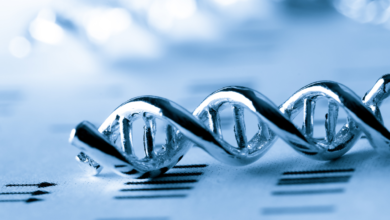AncestryDNA

What is AncestryDNA?
AncestryDNA is a popular direct-to-consumer genetic testing service that helps individuals explore their ancestral origins. It uses DNA analysis to identify genetic markers that are associated with different ethnic and geographic populations.
Why AncestryDNA is required?
People may choose to take AncestryDNA for various reasons, including:
- Discovering their heritage: Learning about their ancestors’ origins and migration patterns
- Connecting with relatives: Finding long-lost relatives or building family trees
- Understanding their genetic makeup: Gaining insights into their genetic predisposition to certain traits or diseases
Which are the method of AncestryDNA?
The AncestryDNA test involves:
- Collecting a DNA sample: Customers provide a saliva sample, which is collected using a kit provided by the company.
- DNA analysis: The DNA in the saliva sample is extracted and analyzed to identify genetic markers.
- Data interpretation: The genetic data is compared to a large reference database to determine the customer’s ethnic origins and potential relatives.
Who should go for AncestryDNA?
Anyone interested in exploring their ancestry can consider taking AncestryDNA. However, it’s important to note that the accuracy of the results may vary depending on factors such as the diversity of the reference database and the customer’s family history.
What are the results of AncestryDNA?
AncestryDNA provides a detailed report that includes:
- Ethnicity estimate: A breakdown of the customer’s ethnic origins, often with percentages representing the contributions of different populations
- DNA matches: Potential relatives who share DNA with the customer, along with their estimated relationship and geographic location
- Migration map: A visualization of the customer’s ancestors’ migration patterns over time
What are the components of AncestryDNA?
AncestryDNA’s testing process involves:
- Genetic markers: Analyzing specific DNA sequences that are associated with different ethnic groups
- Reference database: Comparing the customer’s DNA to a large database of DNA samples from various populations
- Data analysis algorithms: Using sophisticated algorithms to interpret the genetic data and generate accurate results





